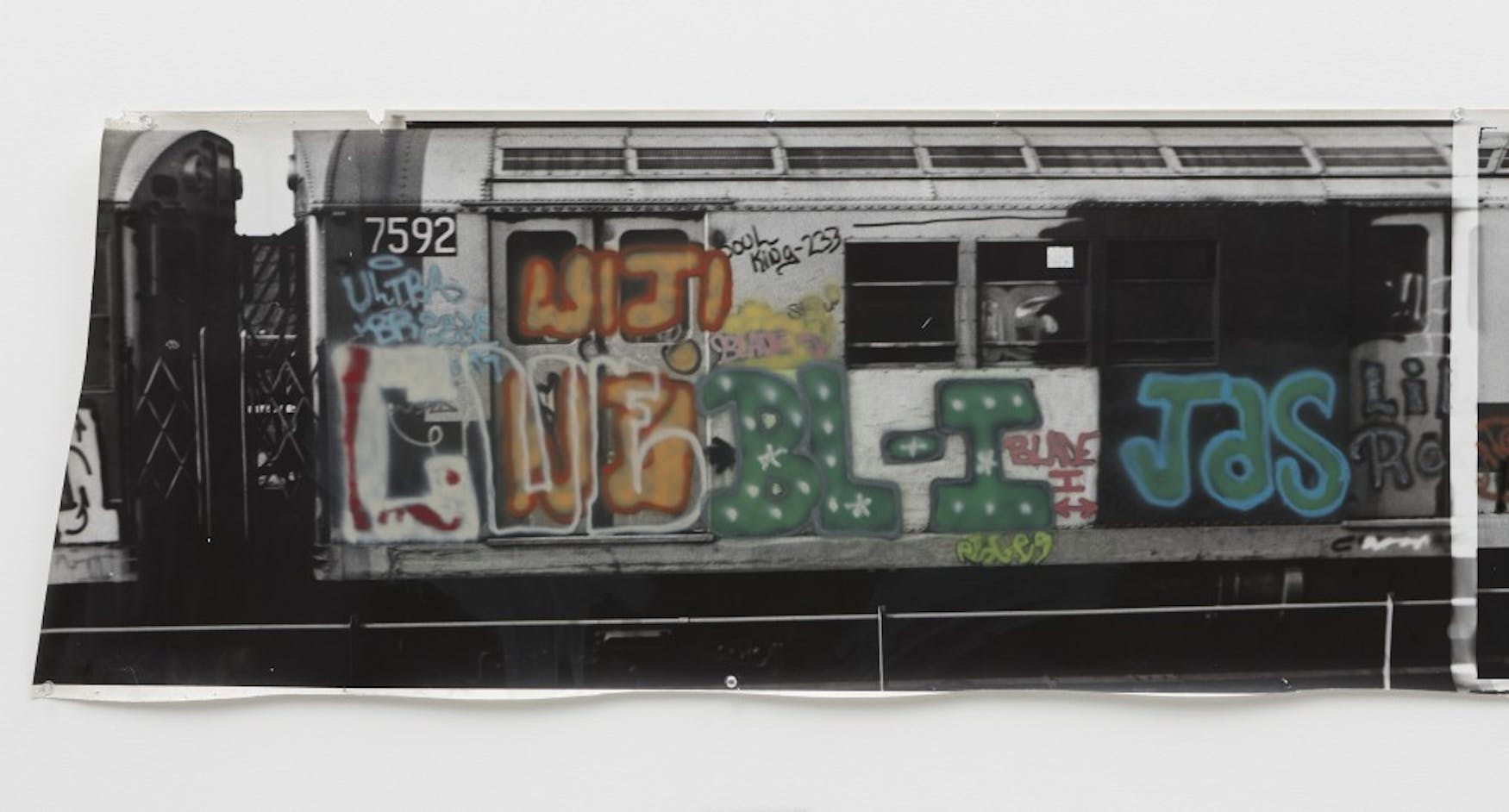Spotlight on the Rose 10-15-2019
Other than being a renowned artist who specialized in site-specific projects, Gordon Matta-Clark was one of the early few who considered graffiti a form of artistic expression. In the “Gordon Matta Clark: Anarchist” exhibition at the Rose Art Museum, a collection of his photography of graffiti from South Bronx, New York City in the 1970s is presented as a memoir of his efforts to push for recognition of the art form.
One element that Matta-Clark especially appreciated about the format of graffiti is how close is it to people’s daily life. Every project Matta-Clark worked on has a certain level of connection with the point of view of average people. When he cut out a part of the factory wall in “Day’s End,” another part of the Anarchist exhibit, he wasn’t making an art project solely for the critics, but bringing in light for the people who pass by and live in the building. In the graffiti he captured, shapes, text and color are painted on the side of the train and subway. They are expressions created by the people who live in the space and made for the people who live in the space. In a film displayed in the exhibit, Matta-Clark drove a car covered by graffiti to the side of the street and cut out pieces of it as give-aways for people who would like decorations in their home, highlighting how he cherished this bond between art and people.
By the nature of its presentation, graffiti is an art form that challenges the established order. Most of the time, it covers established infrastructures or properties that were not intended to serve as a medium of artistic expressions, and it is often considered vandalism. More importantly, it is presented to the public without their consent. People can choose to go into a gallery or not, but it is impossible to ignore graffiti on the side of a train. By covering a mode of transportation in text and color, this “in-yer-face” presentation forces people to participate in the viewing process as they get in and out of the train on a daily basis. As most of his works involve cutting parts off buildings in the middle of the cities, it is not hard to see why Matta-Clark connects with the graffiti.
— Editor’s Note: Due to space limitations, the photo shown is only one fraction of the collection. To better experience the graffiti and its connection with Matta-Clark’s artistic vision, visit the Rose Art Museum’s “Gordon Matta Clark: Anarchist” exhibit.



Please note All comments are eligible for publication in The Justice.